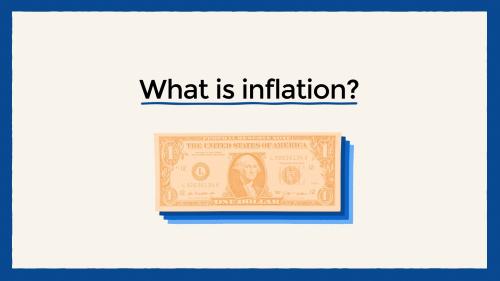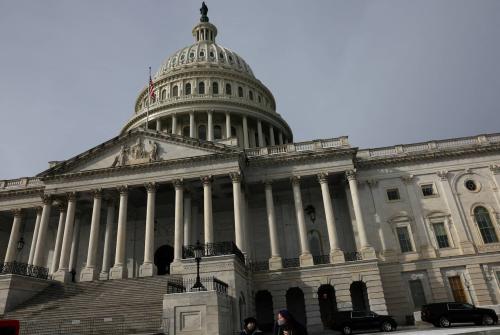Extended Abstract
This paper is focused on the options for reducing the U.S. fiscal deficit in the aftermath of the financial crisis. The first part of the paper is devoted to an assessment of the economic outlook and the impact of the financial crisis on the medium-term fiscal balance of the federal government. It discusses the trade-off between the need for further fiscal stimulus and deficit reduction and how should it be managed? The second part of the paper examines the options for fiscal consolidation on both the expenditure and revenue sides of the budget.
In the aftermath of the financial crisis, the U.S. economy continues to operate far below its potential and unemployment remains in excess of 9 percent of the labor force. At the same time, the fiscal deficit is near 10 percent of GDP and will remain at an elevated level if current policies are continued. The weakness of the recovery suggests the need for more fiscal stimulus, but the deficit is already at levels that will be hard to sustain in future years. The first part of the paper emphasizes that economic recovery will require a rebalancing of the economy, with a shift of production away from domestic consumption toward the expansion of exports. In addition, the first part examines the international experiences of Sweden, Canada, and that of the United States in the last half of the 1990s, as examples of successful examples of large deficit reductions.
The second part of the paper begins by discussing the options for fiscal consolidation on the expenditure side. Due to the aging of the population and increased health care costs, social security and medical care program are at the center of the deficit discussion. Because Social Security is not a significant part of the medium-term fiscal problem and operates with its own revenue financing, the authors propose addressing it within a separate process that could more fully focus on the tradeoffs between various forms of benefit reductions and tax increases. The authors summarize the major sources of past growth in the expenditure programs and projected increases with an extension of current law.
It seems evident that expenditure reform alone will not be enough to address the medium and long-term U.S. fiscal imbalance; therefore, it must be combined with revenue increases. The paper proposes three broad options, that could be used in combination to create a fourth option: (1) increase revenues within the current framework of the individual and corporate income tax by broadening the tax bases, (2) introduce a 5 percent VAT, and (3) introduce a tax on carbon emissions or raise gas taxes by 50 cents. In conclusion, the government begins with a budget deficit near ten percent of GDP that cannot be sustained for many more years. Significant reductions in the deficit will require major structural changes in both expenditures and revenues.




